How to Replace a Frost-Free (Freeze-Proof) Faucet?
Important Point
Replacing a frost-free or freeze-proof faucet can look like a very critical job, but with the right instructions and tools, it can be a relatively precise process.
During cold weather, to prevent freezing, these types of faucets are designed for this reason, creating them a famous choice for outdoor use.
Whether you’re simply wanting to upgrade your faucet or undergoing a leak, then you have to follow some steps, such as how to replace a frost-free faucet. That is below-
- Tools and Materials that are Need for the Work-
- Screwdriver.
- Pipe tape is known as Teflon tape.
- Adjustable wrench.
- Plumber’s putty or silicone sealant.
- Bucket or towel to catch any water.
- New frost-free faucet.
Turn off the Water Supply
- Every time you start any plumbing work, it’s essential to turn off the water supply to the faucet.
- Then you have to locate the main shut-off valve and to cut off the water flow it should be closed.
- It’s a useful concept to open the old faucet to discharge any remaining water in the pipe.
Remove the Old Faucet
- After that by using your adjustable wrench, loosen and remove the nut that attaches the faucet to the water pipe.
- When the nut is open, carefully drag the old faucet out of the pipe or wall.
- Then keep a bucket or towel handy to grab any water that may draw off during this method.
Clean and Prepare the Installation Area
After removing the old faucet, the surrounding area of the pipe should be cleaned to assure a smooth installation.
Remove any old sealant or putty and clean the threads on the water pipe to assure a proper seal for the new faucet.
Apply Pipe Tape
- Then you have to take some wraps of pipe tape that are known as Teflon tape, around the threaded end in the clockwise direction of the water pipe.
- This tape also helps to produce a tight seal and reduce the leakage possibility.
Install the New Faucet
- Then you have to take the new frost-free faucet which is inserted in the threaded end into the water pipe.
- And next hand-tighten the faucet onto the pipe and make sure it aligns correctly.
- After that use a flexible wrench to give it a final finishing turn, but avoid over-tightening, as it can damage the threads or cause leaks.
Apply Sealant
- If essential, apply a little quantity of the plumber’s silicone or putty sealant around the base of the faucet, where it touches the wall and pipe.
- The application of sealant improved to develop a watertight seal and resist any water from seeping into the faucet.
Turn on the Water Supply
- When the new faucet is correctly placed, turn on the main water supply valve to resuscitate the water flow.
- Around the faucet, you have to check for any leaks and make confident the water flows without any trouble.
Test the Faucet
- At last, you have to assure ethical functionality and test the new faucet. Then you have to check by turning it on and off many times for any leakage or drips.
- And also, you have to verify that the frost-free feature is functioning perfectly by allowing the faucet to run for a few minutes and then shut off the faucet.
- The water should draw off from the, acquiring any residual water from freezing and causing damage during cold weather.
- By following these above steps, you can successfully replace a frost-free or freeze-proof faucet.
How to Replace Outdoor Faucets?
When it comes to replacing outdoor faucets, also known as hose bibs or spigots, it’s important to ensure their proper functioning and prevent water leakage.
Here are some steps for replacing the outdoor faucet-
Turn Off the Water Supply:
- Locate the shutoff valve responsible for the outdoor faucet and close it to stop the water flow.
- The shutoff valve is generally fixed inside your home, near the area where the faucet connects to the water supply.
Drain the Faucet
- Then open the outdoor faucet to empty any remaining water.
- This step helps prevent water from spilling and causing unnecessary mess during the replacement process.
Remove the Old Faucet
- And after that, you have to use a wrench to loosen and pull out the old faucet. Rotate it counterclockwise until it comes off completely.
Prepare the Replacement Faucet
- Then you have to take your new faucet and wrap the Teflon tape clockwise, around the threads.
- This tape helps construct a watertight seal when the new faucet is installed.
Install the New Faucet
- Next place the new faucet onto the pipe and turn it in a clockwise direction until it’s accurately tightened with the pipe.
- And then use a wrench to assure it’s snug but avoid over-tightening, as it may harm the threads.
Turn on the Water Supply
- After completing the above job re-open the shutoff valve to reform the water flow to the outdoor faucet.
- And then check for any leaks and make sure the faucet runs correctly.
Test the Faucet
- At last, we have to check the faucet by attaching a turning or turning on the faucet to confirm that there are no leaks and that water flows smoothly.
- After the following information of any leaks, tighten the connections or consider consulting a professional plumber.
- By following these above steps, you can easily replace your outdoor faucet and assure a functional and leak-free water supply for your outdoor requirements.
Also Read: Typical House Drainage Layout
Useful article for you
- How Much Does a Yard of Concrete Weigh
- How Tall Is a Door
- How Many Stairs in a Flight
- How Many Bags of Concrete in a Yard
- How to Get Burnt Smell Out of Microwave
- How Far Apart Should Fence Posts Be
- How Are Bridges Built Over Water
- How Many People Died Building the Great Wall of China
- How to Draw House
- How to Build a Lean to Roof
- How Many Bags of Concrete for 1 Yard
- How Much Does Cinder Block Cost
- How to Get a House for Free
- How Much Does It Cost to Soundproof a Room
- How to Read a Measuring Tape in Meters
- How to Mount a TV on a Brick Wall
- How Many Brick Are in a Cube
- How Is Transported Soil Different from Residual Soil
- How to Use Washers
- How to Get Property for Free
- How Is Tar Made
- How Much Does Gallon of Water Weight?
- How Many Tiles Do I Need?
- How Much Does It Cost to Build a Pergola?
- How Much Does a Concrete Slab Cost?
- How Much Does a Yard of Gravel Weigh?
- How Many Shingles Do I Need for a 24×24 Garage?
- How to Remove Paint from Concrete Without Chemicals
- How to Cover Concrete Walls in Basement
- How to Find Wall load
- How to Build a Cavity Wall
- How Much Does a Heated Driveway Cost
- How Much Spray Foam Do I Need
- How to Get Blood Out of Carpet
- How to Mix Concrete
- Lumber Vs Wood
Frost Free Hose Bib Vs Regular
When there is a choice to select a hose bib for your outdoor water demands, you may come across two typical options, the regular hose bib and the frost-free hose bib.
Afterward, understanding the distinctions between these two options can help you make a knowledgeable conclusion.
A frost-free hose bib, too known as a frost-proof or freeze-proof hose bib, is developed to resist bursting and freezing during colder months.
The feature of a frost-free hose bib is a long valve stem that prolongs into the heated area of your home and defends against freezing temperatures.
This type of design permits you to leave the hose bib connected year-round without the need to draw out it before winter.
The frost-free hose bibs are superior for regions with very harsh winters. But on the other hand, a regular hose bib is a more easy and formal option.
A regular hose bib doesn’t have the exact level of preservation against freezing, which means you need to detach and empty the hose bib before winter reaches to resist damage.
From the above information now you can choose between a frost-free hose bib and a regular hose depending on your climate and specific needs.
For example, if you live in an area with freezing temperatures, then you have to invest in a frost-free hose bib that can protect you from the difficulty of winterizing your outdoor water supply.
But, if you live in a milder climate, then a regular hose bib may be sufficient.
How to Replace an Outdoor Faucet Handle?
The replacement of an outdoor faucet handle is a relatively easy job that can be achieved with just a few basic devices and a little bit of know-how.
If your faucet handle has become damaged, or worn out, or you just want to update its impression, replacing it is a straightforward procedure.
Here we provide step-by-step directions on how to replace an outdoor faucet handle:
At first, it’s essential to turn off the water supply to the faucet, before starting the replacement process.
Then locate the shut-off valve, generally located near the indoor water main, and close it to resist any water flow.
Gather the Necessary Tools
To replace the outdoor faucet handle, you’ll need a few tools that are below-
- The first tool is an adjustable wrench or pliers.
- The next tool is a screwdriver.
- Then need a replacement faucet handle but assure it matches the specific size and type of your faucet.
- And the last item that is optional but recommended for an assured leak-free connection, is Teflon tape.
Remove the Old Faucet Handle
- At first use a small screw which is securing the handle to the stem. It is generally organized on the underside or side of the handle.
- By using a screwdriver to loosen and remove the set screw.
- After removing the set screw, gently pull the old handle away from the faucet limb.
- If it doesn’t come off smoothly, then try wiggling it back and forth while using small pressure until it removes.
Inspect the Stem
- After that take a moment to examine the branch that the handle was fastened. After that, you should be checked for any indications of wear and damage.
- If you find the item is also in very bad condition, it may be wise to replace it along with the handle.
Install the New Faucet Handle
- Then slightly align the new faucet handle with the branch and carefully slide it into place. Assure it fits snugly and safely.
- If your new handle has a set screw, insert it into the established hole on the side or underside of the handle.
- After with a screwdriver, you should fasten it by till it is safely attached.
- If your new handle does not have a set screw, it may connect differently, such as with a threaded connection or a twist-lock instrument.
Test the Faucet
- It is important before fully finalizing the replacement procedure, it’s vital to test the faucet for decent functionality and possible leaks.
- At the shut-off valve then turn on the water supply and gradually open the outdoor faucet.
- If you find any leaks, then tighten the connections or consider using Teflon tape to the threaded parts for an adequate seal.
Restore Water Supply
- After the above steps, if the faucet is working perfectly without any leaks, you can safely resuscitate the water supply by unlocking the shut-off valve entirely.
- Confirm the water flows smoothly and the faucet handle utilizes as planned.
How to Install an Outside Faucet with Pex?
The installation of an outside faucet with PEX is an easy procedure that can deliver comfort and functionality to your outdoor opening.
Here provide a step-by-step direction for installation of an outside faucet with pex.
First, you have to collect the essential tools and materials, including a PEX crimp ring, a PEX tubing cutter, a drill, a crimping tool, a mounting plate, screws, PEX tubing, and a hose bib.
Then choose an accurate location for the faucet, generally near a water supply line. And then mark the mounting holes on the wall using the mounting plate as a manual.
After that drill pilot holes at the marked areas and secure the underpinning plate to the wall using screws.
And measure the necessary length of PEX tubing from the mounting plate to the water supply line.
Then cut the PEX tubing to size utilizing a PEX tubing cutter, assuring clean, direct cuts.
And these are a crimping tool to crimp the ring safely around the PEX tubing, assuring a watertight connection.
Then attach the hose bib to the underpinning plate, align it with the mounting holes, and save it in place using screws.
After that connect the other end of the PEX tubing to the water supply line, by using the suitable connections and fittings.
At last when finishing the above work then turn on the water supply and inspect for any leaks. If there is any fault, then adjust the crimp rings and tighten the connections.
By following the above easy steps, you can easily install an outside faucet with PEX, permitting you to conveniently access water outdoors for different objectives.
But you have to remember that during the installation process, you relent with local building codes and regulations.
How to Measure Frost-Free Sillcock?
Measuring a frost-free sillcock is essential for replacing or installing a new one in your outdoor water supply system.
Follow these easy steps to get accurate measurements in just a few minutes-
Turn Off the Water Supply
- First shut off the water source to the existing sillcock before proceeding.
Remove the Old Sillcock
- Then carefully separate the old sillcock from the wall using a wrench.
Measure the Length
- Then measurement starting from the back of the sillcock’s mounting flange, measure the length of the pipe up to the tip of the sillcock’s spout.
Measure the Pipe Diameter
- Then use a caliper or a measuring tape to determine the outer diameter of the pipe.
Note the Type
- Check whether the sillcock is male or female-threaded for compatibility.
Purchase a New Frost-Free Sillcock
- Armed with your measurements, select a convenient replacement from a hardware store.
- You have to remember to turn off the water supply and follow protection guidelines when handling plumbing tools.
How to Tell If You Have a Frost-Free Faucet?
If you’re doubtful whether your faucet is frost-free or not, there are some key indicators to help you determine its type.
Frost-free faucets, also known as anti-siphon or freeze-proof faucets, which is designed to resist the bursting and freezing of pipes during cold weather.
Below we provide some ideas on how you can tell if you have a frost-free faucet-
By Length
The first point is that frost-free faucets are typically longer than regular faucets. They extend several inches from the exterior wall and have a long branch inside the pipe.
This design assures that the water flow is located inside your home, away from freezing temperatures.
Sill Cock
The next point is to look for the presence of a sill cock, which is a valve located at the end of the faucet.
Frost-free faucets will have an observable sill cock that permits you to shut off the water supply to the faucet from inside your house.
This feature resists water from remaining in the exposed pipe section and freezing.
By Drainage
And next, check if your faucet has a built-in drainage feature. Frost-free faucets will have a small hole or groove on the underside of the faucet body.
This hole allows any remaining water to drain out when the faucet is turned off, minimizing the risk of freezing.
By Water Flow
Turn on the faucet and observe the water flow. If water starts flowing immediately, you likely have a frost-free faucet.
Regular faucets may take a few seconds to build up water pressure before water starts flowing.
But if you’re doubtful about the type of faucet you have, it’s always best to consult a professional plumber who can provide precise advice and assure proper maintenance of your plumbing system.
Useful Article For You
- Landscaping App Free
- Cost to Build a House Calculator Free
- Free Construction Estimating Software Excel
- Kitchen Remodel App Free
- House Building Cost Calculator Free
- Free Materials List for Building a House
- Freeze Depth by Zip Code
- Free Plans for 3d Cutting Boards
- west point bridge designer 2023 free download
- Free Form Concrete
- Free Vastu Tips for Home
- Formaldehyde Free Bamboo Flooring
- Civil Engineering Software Free
- Free Shed Plans
- Free Building Materials
- Free Landscaping Rocks
- Free Lumber
Hose Bib Replacement Cost?
When it comes to conserving your home’s plumbing system, there may come a time when you need to replace a hose bib.
A hose bib, also known as an outdoor faucet or spigot, is the connection point for your grassland hose.
Over time, these spigots can erode due to wear and tear, leading to leaks or decreased functionality.
If you find yourself in need of a hose bib replacement, it’s important to understand the associated costs.
The cost of replacing a hose bib can rely on several factors, including the complexity of the installation, the type of hose bib you choose, and the region in which you live.
Here we provide some cost considerations to keep in mind-
Labor Costs
Hiring a professional plumber is recommended for hose bib replacement to assure a proper installation.
Per-hour rates can range from $75 to $150, and the overall time may range based on the complexity of the project.
Type of Hose Bib
There are various types of hose bibs obtainable, varying from basic models to more advanced designs with extra qualities.
For a basic model, the cost of the hose bib can range from $10 to $100 or more for a durable and high-quality choice.
The type you choose will depend on your budget, needs, and preferences.
Plumbing Materials
In expansion to the hose bib, there may be extra plumbing materials required for the replacement, such as pipe fittings, sealants, and connectors.
The cost of plumbing materials can vary on average; between around $20 to $50.
Accessibility and Location
The accessibility of the hose bib and its site can affect the overall cost.
If the hose bib is in a hard-to-reach area or requires extra work, such as extracting, digging, or siding the labor costs may be increased.
At last, we can say that the cost of hose bib replacement can vary from some hundred dollars to over a thousand dollars, taking into account the type of hose bib, labor costs, additional plumbing materials, accessibility, and any permit requirements.
By knowing these factors and obtaining quotes from loyal professionals, you can make a knowledgeable conclusion and assure a smooth replacement procedure for your hose bib.
Do You Need a Plumber to Replace the Outdoor Spigot?
If you’re wondering whether you need a plumber to replace your outdoor spigot, the answer depends on your level of expertise and comfort with plumbing tasks.
Here are a few points to consider
The Complexity of the Job
Replacing an outdoor spigot may seem like an easy task, but it can affect various factors such as shutting off the water supply, removing the other d spigot, and assuring a proper seal with the new one.
If you have previous experience with plumbing repairs, you might be able to handle it on your own.
Tools and Equipment
Replacing a spigot requires specific tools like a pipe wrench, Teflon tape, and sealant.
If you don’t have these tools readily available, a plumber can bring their own and ensure a proper installation.
Water Supply Considerations
Shutting off the water supply to your outdoor spigot is crucial to avoid leaks and potential water damage.
If you’re unsure how to locate or turn off the water supply, a plumber can help ensure it’s done correctly.
Time and Convenience
If you have limited time or prefer to have a professional handle the job, hiring a plumber can save you the hassle of researching and executing the replacement process.
Finally, we can say this while replacing an outdoor spigot may be within your capabilities, hiring a plumber can provide peace of mind, save time, and ensure a proper installation.
It’s important to assess your skills, available tools, and comfort level before making a decision.
How Do You Replace an Outdoor Water Spigot?
- Turn Off Water to Spigot. Turn off the water to the spigot.
- Turn Spigot On.
- Loosen the Packing Nut.
- Remove Stem Washer Screw.
- Install New Screw and Stem Washer.
- Replace Packing Nut.
- Apply Waterproof Grease.
- Reinstall handle and Steam.
Outside Water Spigot Leaking
Often, leaks in an outdoor faucet are caused by a packing nut that is loose. Tightening the packing nut or replacing the packing nut yourself to see if the leak is resolvedmay be enough to fix a leaky outdoor faucet. Locate the packing nut on your outside spigot – it is located just behind the handle.
Do You Need a Plumber to Replace Outdoor Spigot?
Replacing and installing an outdoor faucet is not just a quick handyperson job. It’s a good idea to hire a licensed, bonded and insured plumber for the work, which should only take a few hours unless there are unseen problems.
Replace Outdoor Faucet on Brick House
Replace a Soldered Outdoor Spigot
- Shut Off the Water Supply. The first thing you need to do is turn off the water supply to the outdoor faucets.
- Cut the Pipe Behind the Spigot.
- Smooth Out the Pipe.
- Attach a Quick-Connect Adapter.
- Attach the New Water Faucet to the Adapter.
- Test for Leaks.
Can a Plumber Replace an Outdoor Faucet?
As you can see, replacing an outdoor faucet is a serious plumbing task, not just a quick handyman job. It’s a good idea to hire a licensed, bonded and insured plumber for the work, which will take an average of one to two hours unless there are complications.
What Is the Difference Between a Hose Bib and a Spigot?
A spigot and a hose bib technically refer to the same thing. They are mechanisms that control water flow outside your home. But in some cases, people refer to spigots as outdoor valves connected to pipes, while hose bibs as valves attached to small hoses.
Can a Frost-Free Spigot Freeze?
Turns out that they’re as vulnerable to freeze-ups as a regular tap unless you winterize it before the temperature plummets at the end of the season. In my case the pipe may have had a slight incline back toward the house allowing water to sit in the pipe on the cold side of the shutoff (and basement insulation).
Should I Wrap My Outside Faucets?
With freezing temperatures here, or arriving in your zone, then know that covering the outside faucet and exposed pipes should help to prevent some damage to pipework and infrastructure, experts say. If you are able to turn your faucet off, however, a cover might not be necessary.
Should Outside Faucets Be Left Open or Closed in Winter?
Replace the cap and close the outside faucet. If you don’t have a bleeder cap, you can leave your outdoor faucet turned to the ‘on’ position to prevent a buildup of pressure in the pipes if standing water does freeze.
What Is the Difference Between a Hose Bib and a Sillcock?
A sillcock is an outdoor faucet as well. Unlike a hose bib, which solely resides on the exterior, a sillcock has a longer rod that extends into the wall of the house. The water valve for a sillcock is generally located at the end of this long rod where it connects to the piping within the wall.
Can You Replace Handle on Outdoor Spigot?
The best way to fix a broken handle on your faucet is simply to replace it. Here’s how: Find the screw holding the handle to the faucet and unscrew it. Take the broken handle into a local hardware store so you can match the size.
How Much Does a Plumber Charge to Replace an Outdoor Spigot?
Spigot installation typically ranges between $150 and $500, with $325 being the median cost. The two most common types of outdoor spigots are the hose bib and the ball valve, which both cost between $150 and $300.
How to Install an Outside Faucet with Pex?
- Turn off the water, then drill a 1-inch-diameter hole through the house wall and into the basement.
- Feed a length of PEX piping from the basement out the hole in the wall to the outdoors.
- Wrap Teflon tape around the male threads on the end of the frost-proof sill cock.
How to Determine Sillcock Length?
Measure the stem from the point where the handwheel attaches to the back of the threads as show above. The measurement is the same for the figure 90 (top) and figure 80 (bottom). Take 2.5” off that measurement to get the length of the sillcock.
How to Tell If You Have a Frost-Free Faucet?
If you look at any frost-free type faucet the handle is always going to be perpendicular to the wall because it is attached to a long rod that runs through the pipe to the shut-off that is inside wall.
Frost-Free Outdoor Faucet Types
Homeowners should consider two types of frost-free outdoor faucet compositions: stainless steel and brass. Stainless steel is the best frost-free outdoor faucet material for several reasons. Stainless steel has 7X more frost protection than brass, plus it’s sustainable.
Like this post? Share it with your friends!
Suggested Read –
Originally posted 2023-08-10 16:58:46.
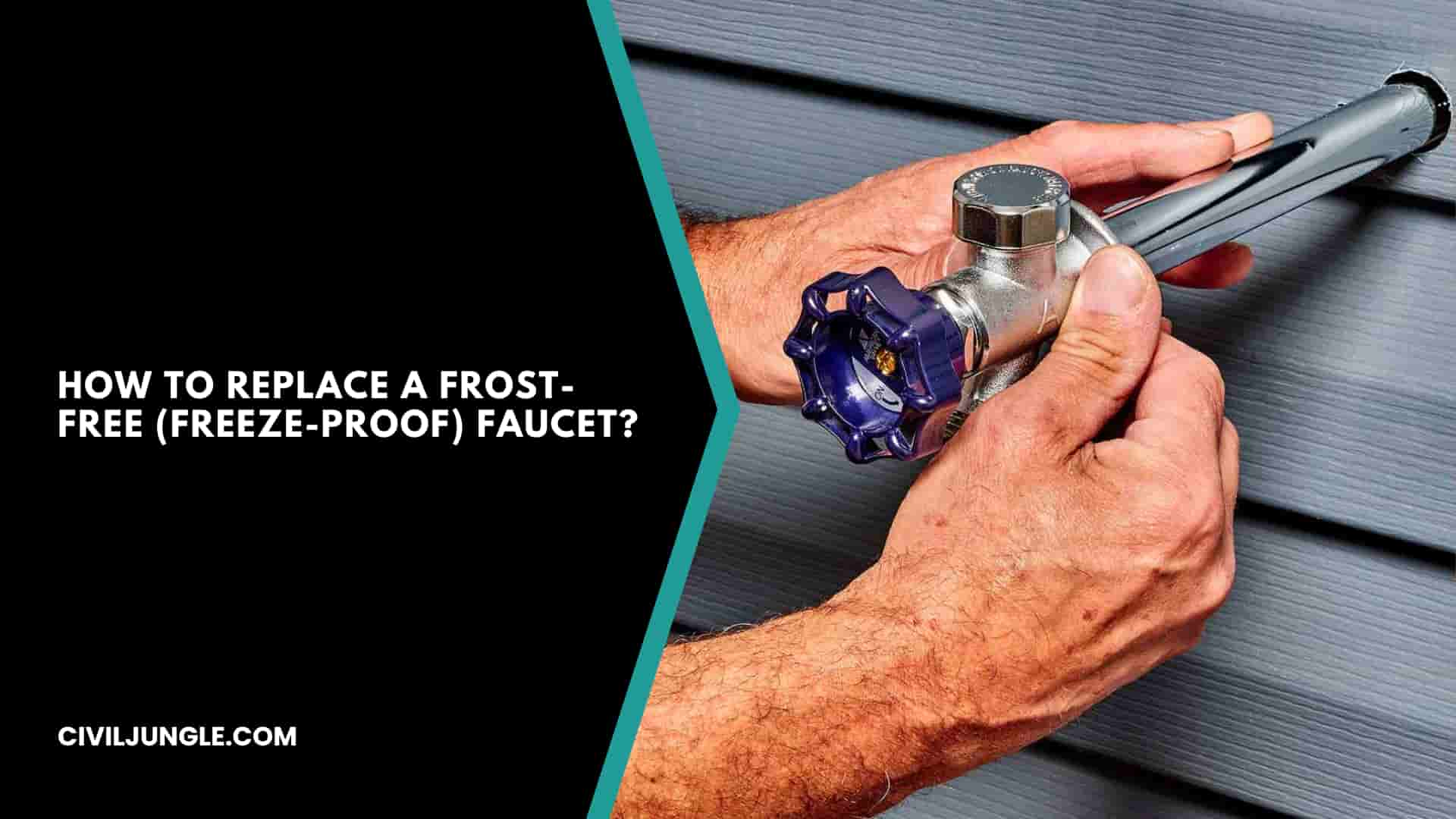
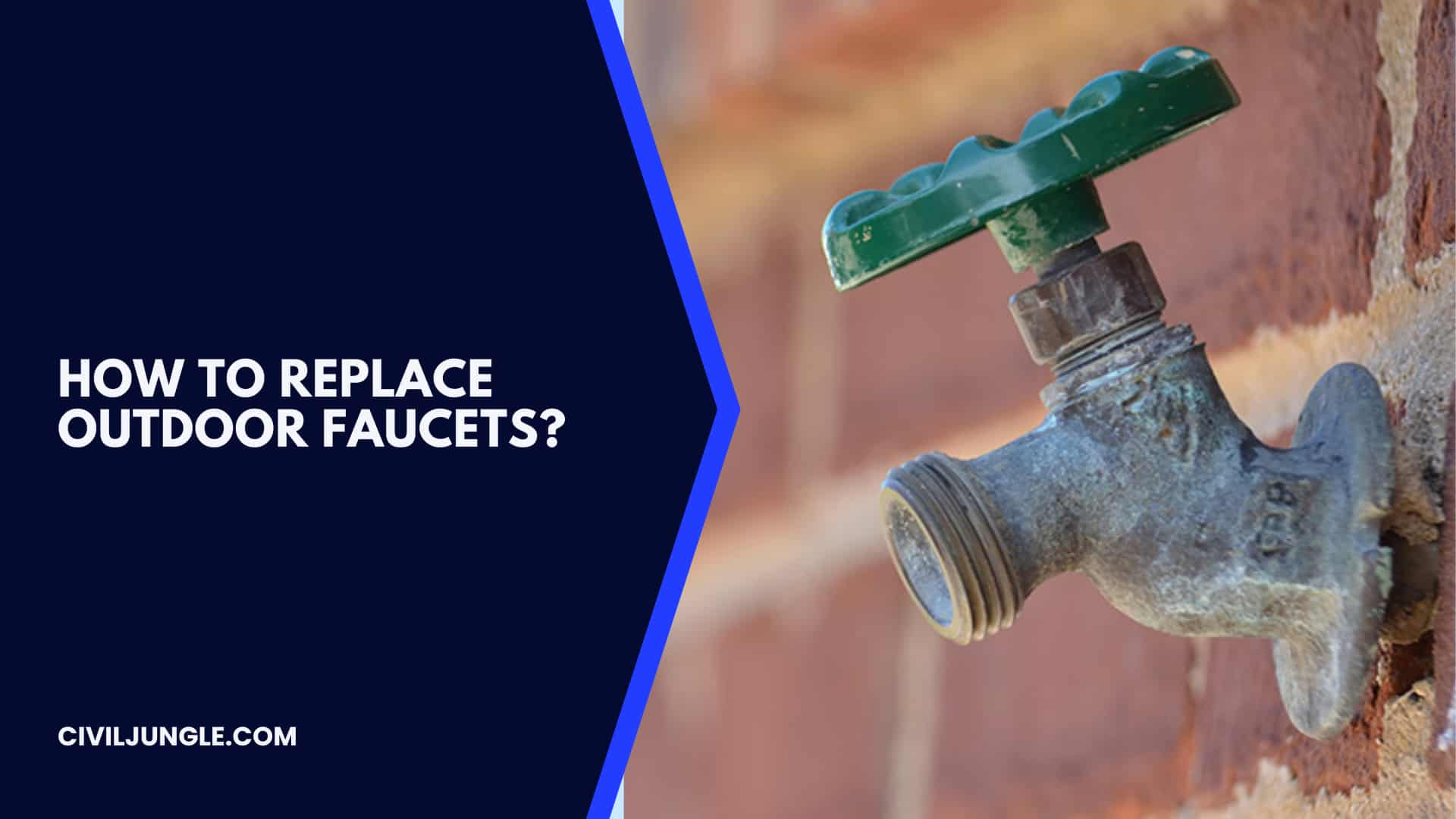

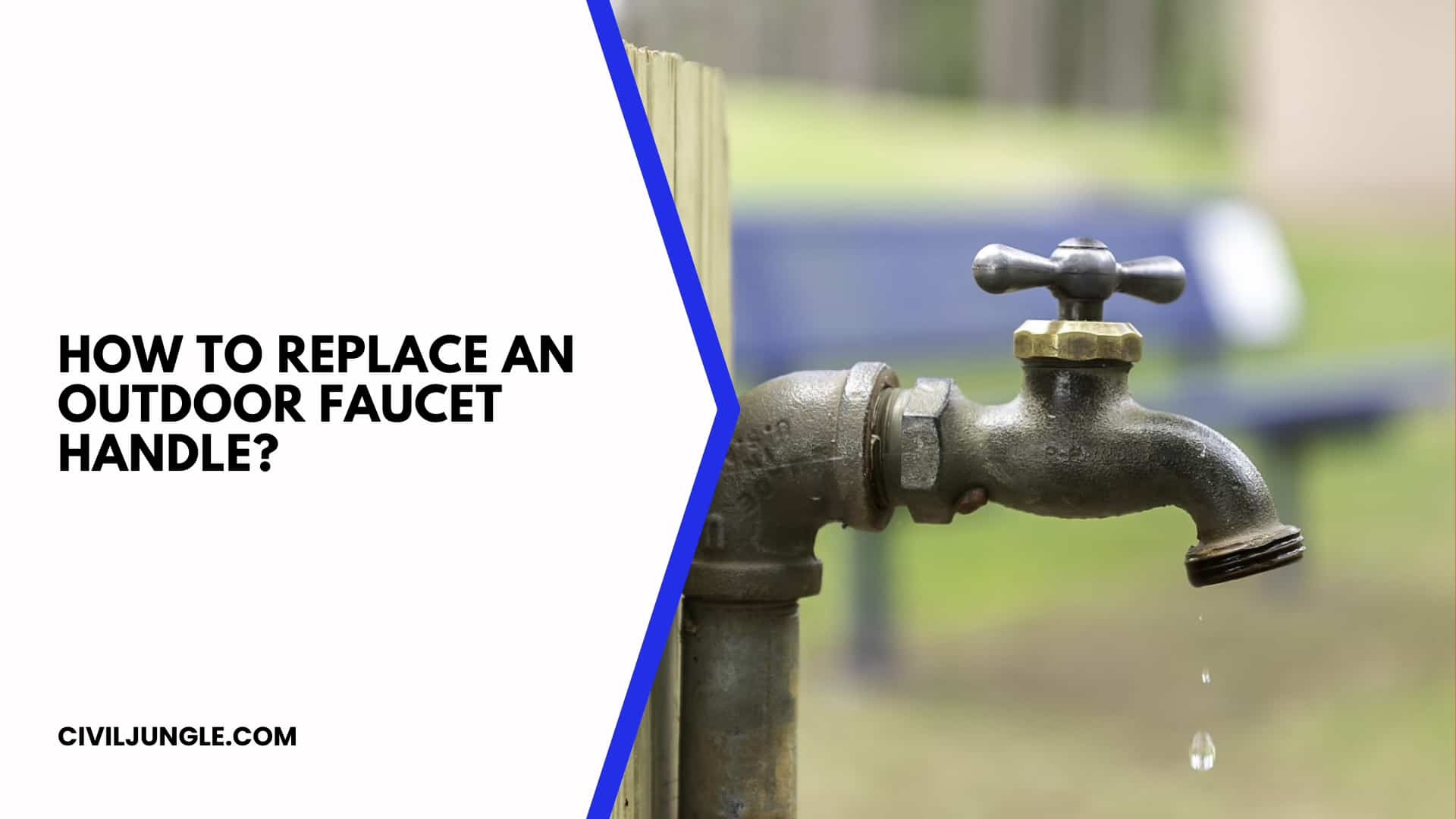
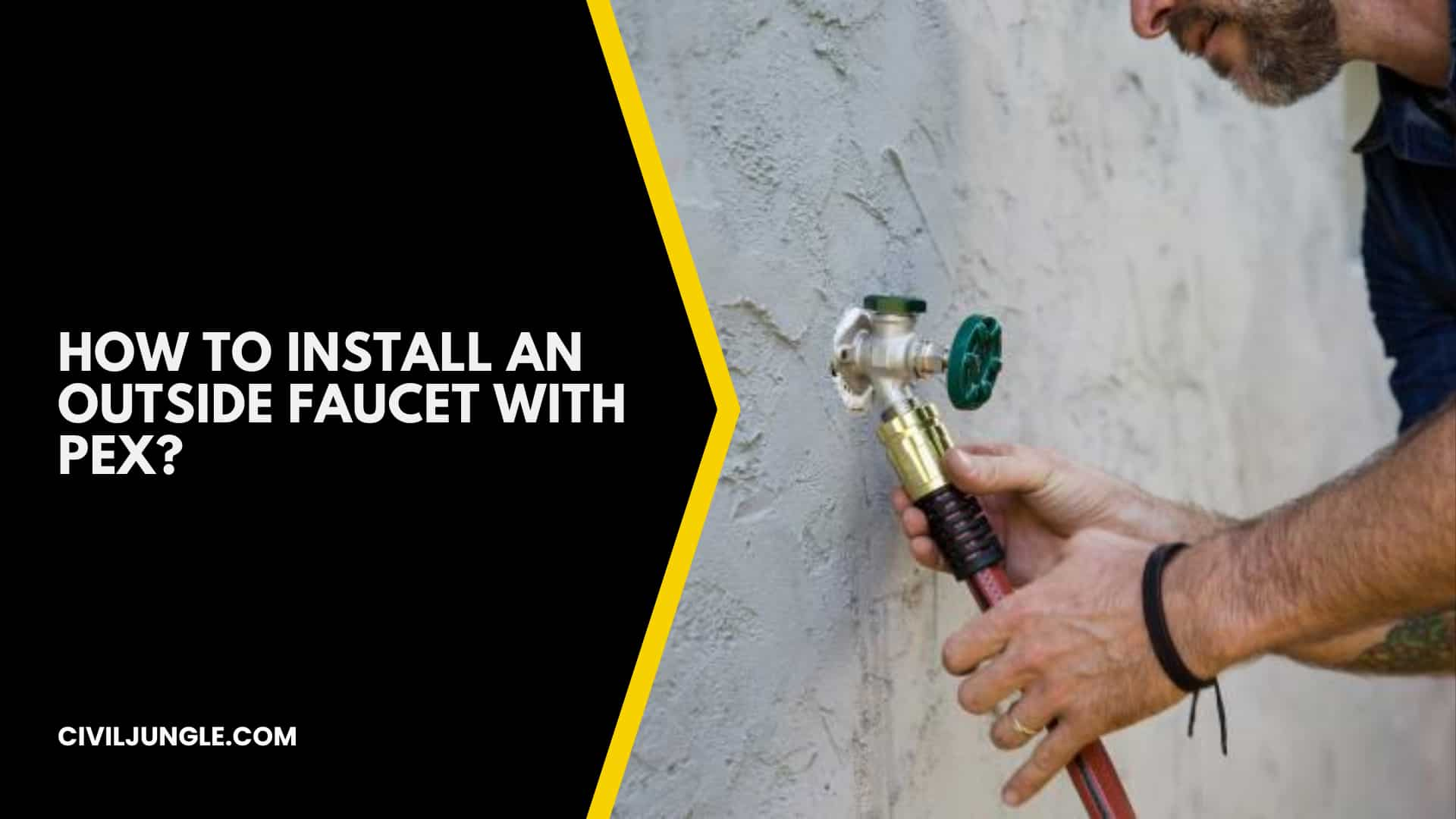
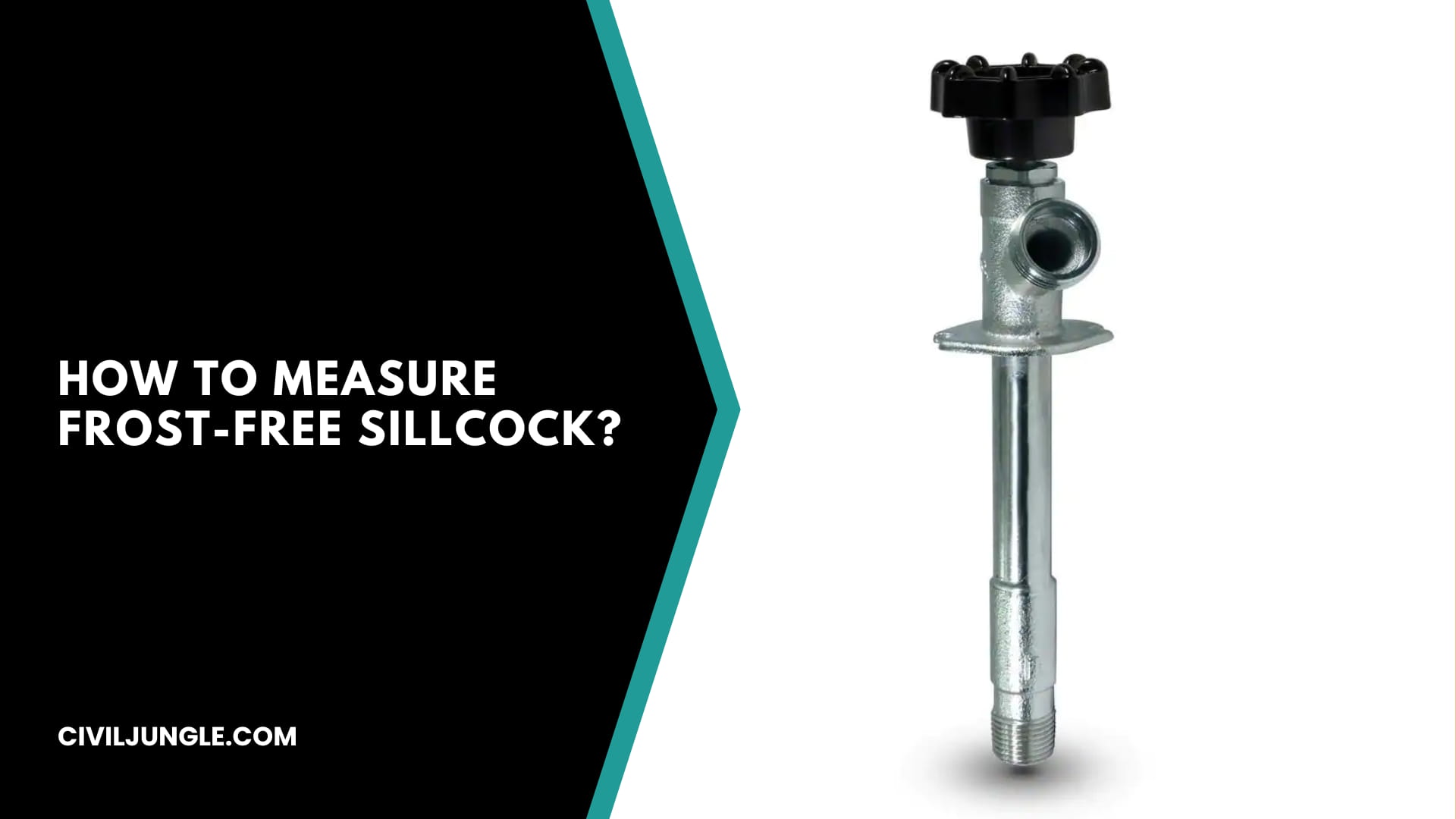

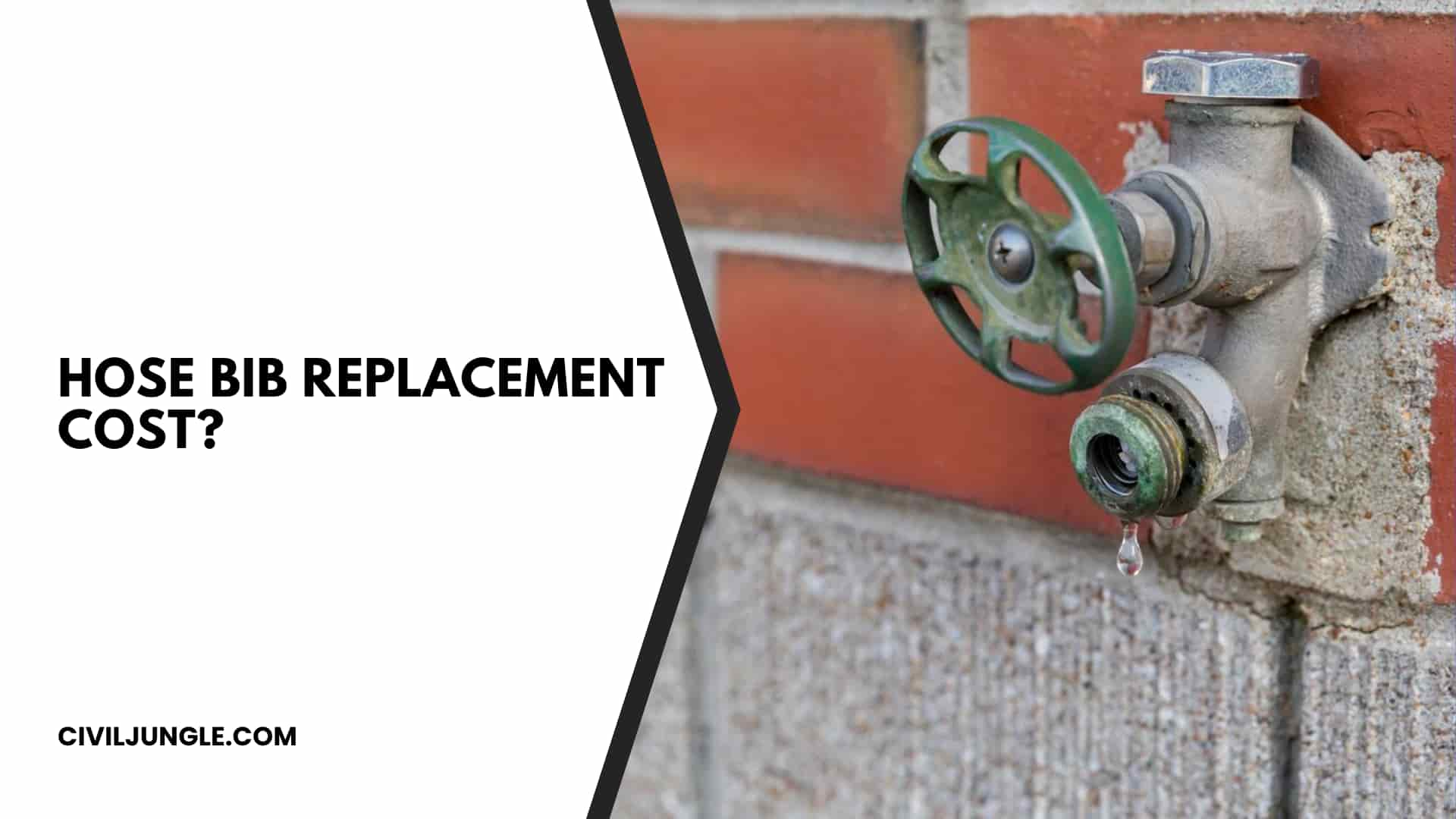
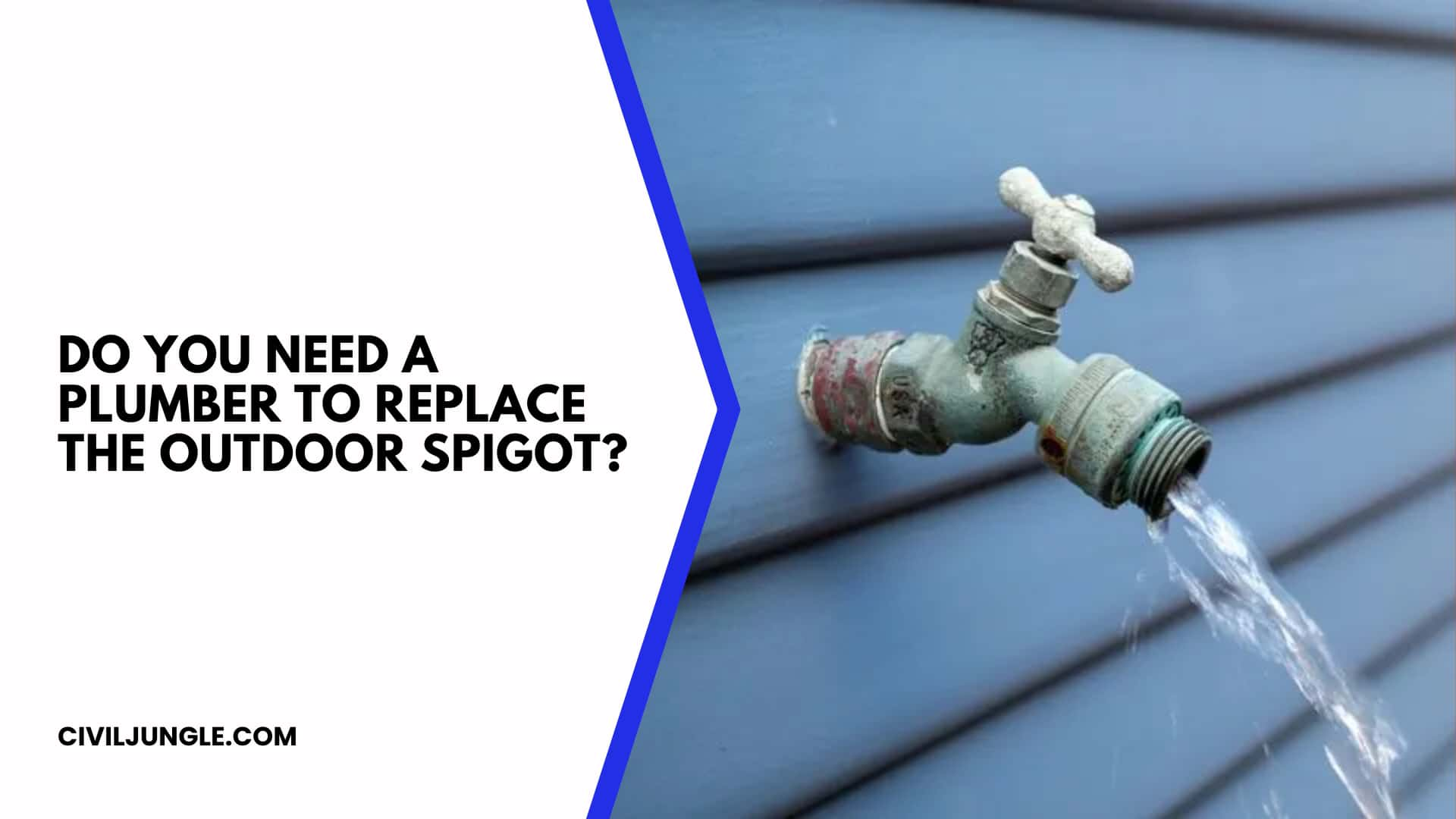

Leave a Reply